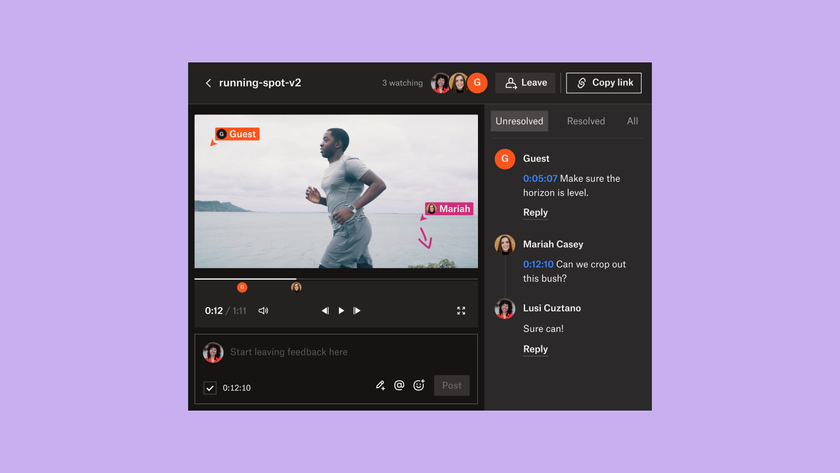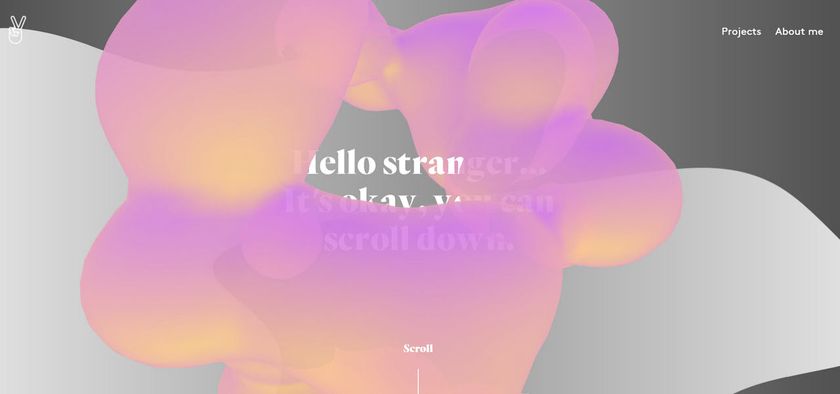What can web designers learn from the past?
The web is busy hurtling along at a startling pace, but what lessons can designers learn by pausing and taking a look backwards?
The web is a furiously fast paced place to work. The need to evolve and keep pace is constant. Change never seems to stop.
But we wondered though: what would happen if we did actually stop? More over, what would happen we if stopped and took a few moments to reflect on what we've made, where we've been and what we – as a community – have achieved.
We asked seven top designers, makers and developers what we can learn from the web past. Here are their views...
01. Fault tolerance Aaron Gustafson
Founder of Easy Designs Aaron Gustafson comments: "Fault tolerance. This is a fundamental concept in the design of HTML and CSS that instructs browsers to ignore anything they don't understand. It is what allows us to use HTML5 elements without making pages unusable in text browsers like Lynx.
"It also makes it possible to deploy CSS3 features without causing issues in older browsers. Understanding fault tolerance is crucial to building web pages that will work anywhere – yet it's often overlooked."
02. Progressive enhancement
Designer and frontend developer Angela Ricci says: "Progressive enhancement. We can't hold back new web technologies – we have to embrace the ever-evolving nature of the web while considering the different paces this evolution presents. We have to keep things simple, starting from a semantic markup, then progressively enhance our interface with new layers of rich features."
03. Learn from past failures
"Most of the problems that we're called upon to solve today have been solved before," says Happy Cog and A List Apart founder Jeffrey Zeldman. "Tiny screens? They're nothing new – back in 1995, we designed websites for monitors with far fewer pixels than today's phones. Readability?
"We can turn to the last hundred years of book design for guidance. Form factors change faster than reason can follow – human needs and desires, not so much. We can learn as much from past failures as we can from the successes. Above all else, the past teaches us to subordinate our design egos to the problems that we're solving and the people we serve."
04. The web is for everybody
Senior accessibility engineer of The Paciello Group Léonie Watson comments: "The web is for everybody. Twenty years ago we didn't know millions of people would use the internet every day. Fifteen years ago we didn't know people would be using touch and speech, as well as keyboard and mouse.
"Ten years ago we didn't know there would be multiple browsers. Now we know that people (and technologies) come in many gloriously different configurations, and that we should take pride in creating products that are usable by as many people as possible."
05. Don't repeat yourself
Chief JavaScript wrangler Remy Sharp says: "Don't repeat yourself. Recently there was a fun code search that revealed why the next version of Windows to be released would jump from 8 to 10: if (os.startsWith("Windows 9") was old code to match Windows 95.
"Remember when Opera was the first browser to hit a double-digit version number? It shipped with a user agent that had both Opera 9 and 10. We repeated this mistake. If we can learn anything, I'd say: if it feels easy, and has a stink of not being future-friendly, abort your current path and start again. It'll be worth it. You won't repeat those small but non-trivial mistakes."
06. Have patience
President of unmatchedstyle Gene Crawford comments: "The web is fairly new still but its roots run deep, specifically in visual design. A huge lesson is patience: things move so quickly that we get impatient and often move on without considering all the angles that would make our work truly great.
"The masters of commercial design took time to develop a solid skillset that guided their work, generating a level of craft that has gone largely unrivaled on the web to date."
07. Old school charm
AnalogFolk CTO Fame Razak says: "Old technologies are not obsolete. We can sometimes forget that purpose-built tools often offer a superior experience over digital devices. Printed books feel better than a Kindle, the warm sound of vinyl more romantic than Spotify.
"Technologies such as the Arduino and Thermal Ink enable us to maintain a connection between physical and digital realms; guitars with laser strings and typewriter stands for tablets all bring back that old school charm."
Words: Martin Cooper
This article first appeared in issue 261 of net magazine.
- The 15 best photo editors
- How design can make a website feel faster
- The designer's guide to working from home

Thank you for reading 5 articles this month* Join now for unlimited access
Enjoy your first month for just £1 / $1 / €1
*Read 5 free articles per month without a subscription

Join now for unlimited access
Try first month for just £1 / $1 / €1
Get the Creative Bloq Newsletter
Daily design news, reviews, how-tos and more, as picked by the editors.
The Creative Bloq team is made up of a group of design fans, and has changed and evolved since Creative Bloq began back in 2012. The current website team consists of eight full-time members of staff: Editor Georgia Coggan, Deputy Editor Rosie Hilder, Ecommerce Editor Beren Neale, Senior News Editor Daniel Piper, Editor, Digital Art and 3D Ian Dean, Tech Reviews Editor Erlingur Einarsson and Ecommerce Writer Beth Nicholls and Staff Writer Natalie Fear, as well as a roster of freelancers from around the world. The 3D World and ImagineFX magazine teams also pitch in, ensuring that content from 3D World and ImagineFX is represented on Creative Bloq.












